How to serve in pickleball for beginners
For newcomers, an effective serving technique involves gripping the paddle akin to a frying pan, executing a gentle underhand swing below the waistline, and strategically aiming for the non-dominant side of the opponent such as targeting the left foot of a right-handed player. This approach can significantly bolster a beginner’s gameplay proficiency. Exploring the essentials of how to serve in pickleball for beginners, I’ll disclose a range of valuable tips and tricks.
How to serve in pickleball
In pickleball, the serve must adhere to three primary rules to be considered legal:
- Underhand Motion: When serving in pickleball, the player must use an underhand motion. This means the paddle must swing in an upward-to-downward motion beneath the waist level. It’s essential to avoid any overhand or sidearm motions while serving.
- Below the Waist Hit: The ball must be struck below the waistline when making contact with the paddle. This rule ensures that the serve is executed within a controlled range, preventing higher hits that might lead to more aggressive and potentially dangerous serves.
- Paddle Face Below the Wrist: When making contact with the ball, the paddle face must remain positioned below the wrist. This rule emphasizes control and fairness in the serve, prohibiting any attempts to gain an advantage by using the upper part of the paddle to hit the ball.
Follow Proper Positioning
In pickleball, your position when serving is crucial. Here’s a breakdown:
Service Area: You must start serving behind the baseline and within the right-hand court if you’re serving from the right-hand side of the court, and vice versa for the left-hand side.
Two-Serve Zones: In doubles play, you serve diagonally across the court to the opponent’s serve court, aiming to land the ball within two specific zones:
- First Serve: You serve from behind the baseline and aim to land the ball in the opponent’s crosswise serve court, which is the zone between the non-volley line (also known as the kitchen line) and the baseline, on the opposite side of the court.
- Second Serve: If your first serve is faulted, you get a second attempt. The second serve is essential in the same diagonal serve court as the first attempt. If successful, the serve passes to the opponent’s side, initiating the rally.
- Single Play: In singles play, the serving position and the service court are the same as in doubles. However, the dynamics change as you have the entire width of the court to serve.
Correct Stance for Serving in Pickleball
For a booming serve in pickleball, your stance is crucial. Here is the explanation.
- Positioning: Position yourself behind the baseline within the designated service area corresponding to your side of the court, be it the right or left.
- Body Alignment: Maintain a stable stance by positioning your feet shoulder-width apart for balance and stability. Face the net squarely to align your body in the direction of the intended serve.
- Weight Distribution: Ensure an even distribution of weight on both feet throughout the serving motion to enhance stability and control.
- Readiness and Mobility: Stay alert and prepared to move immediately after the serve. Quick transitions to strategic positions on the court post-serve are essential for effective engagement in the ensuing rally.
- Paddle Grip for Serving in Pickleball: When serving in pickleball, the correct grip on the paddle is essential for control and accuracy. Follow these steps to hold the paddle effectively:
- Continental Grip: Utilize the continental grip, which is often considered the most versatile grip in pickleball. Position your hand on the paddle’s handle as though shaking hands with it, ensuring the V-shape between your thumb and index finger aligns with the edge of the paddle.
- Fingers Placement: Wrap your fingers comfortably around the handle, maintaining a relaxed grip. Your fingers should be in contact with the handle to ensure stability and control while serving.
- Loose Wrist: Keep your wrist relatively loose to
- allow for fluid movement during the serving motion. This flexibility aids in generating power and control over the ball.
- Underhand Orientation: Remember, the serve in pickleball is typically executed in an underhand motion. Ensure your grip facilitates this by allowing a comfortable and natural swing below the waistline.
Use Swinging Technique for Pickleball Serving
Executing an effective serve in pickleball involves a specific swinging technique. Follow these steps to achieve a booming service:
- Underhand Motion: Initiate the serve with an underhand swinging motion. Start with the paddle positioned below waist level and swing in an upward-to-downward arc, ensuring the motion remains beneath the waistline throughout.
- Controlled Swing: Maintain a controlled and smooth swing. Avoid excessive force or a jerky motion, as this may result in inconsistencies and loss of control over the serve.
- Contact Point: Focus on striking the ball at the lowest point of the swing. This point of contact should be slightly in front of your body, allowing for better control and direction of the serve.
- Aim and Placement: Direct the serve towards the intended location on the opponent’s court. Aim for the diagonal serve court, among baseline and the non-volley line, to initiate the rally effectively.
- Follow-Through: Complete the swing with a natural follow-through motion. Allow the paddle to continue its trajectory smoothly after making contact with the ball.
Serving Strategies for a Beginner Pickleball Player
How To Serve in Pickleball for Beginners? Here are some effective serving strategies tailored for beginners in pickleball:
Strategy 1: Focus on Consistency Over Power
As a beginner, prioritize consistent serves rather than trying to generate excessive power. Aim for controlled and accurate serves that reliably land in the opponent’s service area.
Strategy 2: Master the Underhand Serve
Start by perfecting the underhand serve. Focus on executing a smooth and controlled underhand swing below the waistline, ensuring compliance with the serve rules while maintaining accuracy.
Strategy 3: Aim for Placement
Rather than solely focusing on speed, concentrate on serving with precision and strategic placement. Aim for the opponent’s weaker side or try to serve deep into the corners to create difficulty for your opponents.
Strategy 4: Experiment with Spin
Begin experimenting with adding spin to your serves. Incorporating topspin or backspin can add variation to your serves, making them more challenging for opponents to return.
Strategy 5: Vary Your Serves
Develop a repertoire of different serves. Practice serving with variations in speed, placement, and spin to keep opponents guessing and establish your control over the game.
Strategy 6: Adapt to Doubles Play
If playing doubles, coordinate with your partner for effective serving strategies. Consider serving to exploit opponents’ weaknesses or set up your partner at the net for an advantageous position.
Strategy 7: Practice Regularly
Consistent practice is critical. Dedicate time to refine your serving technique, aiming for accuracy, control, and consistency.
FAQ
What’s the essential rule to remember while serving in pickleball?
The fundamental rule is to execute an underhand serve, hitting the ball below waist level and ensuring that the paddle face remains below the wrist during contact.
How crucial is serving in pickleball for beginners?
Serving sets the tone for each rally. For beginners, mastering the serve is foundational as it initiates gameplay and offers a chance to control the game’s pace.
What’s the recommended grip for serving in pickleball?
The continental grip, akin to shaking hands with the paddle handle, is commonly recommended for its versatility in executing various types of serves.
How can beginners improve their serving accuracy?
Practice is key. Focus on consistency and control in underhand swings, experiment with different placements, and adapt the serve based on opponents responses.
Are there specific serving strategies for beginners?
Beginners should prioritize consistency over power, master the underhand serve, aim for strategic placements, and gradually incorporate variations in speed and spin.
In doubles play, how should beginners coordinate their serves with a partner?
Communication and coordination are vital. Work on serving to exploit opponents’ weaknesses or to set up your partner at the net for an advantageous position.
What’s the significance of serving in pickleball progression?
Serving proficiency not only dictates the start of each rally but also impacts overall gameplay. Advancing serving skills can significantly enhance a player’s competitiveness on the court.
For the latest updates follow us on Google News:

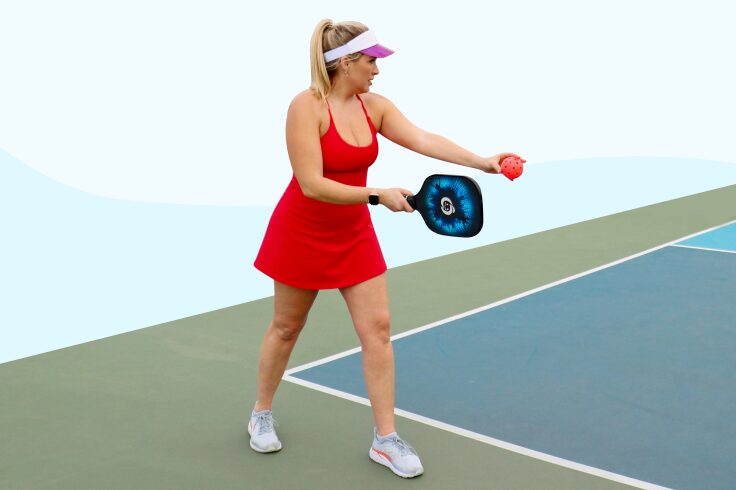
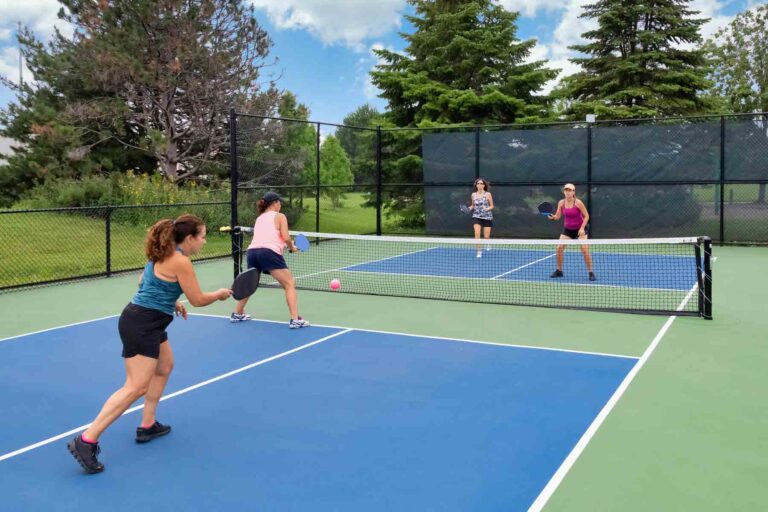
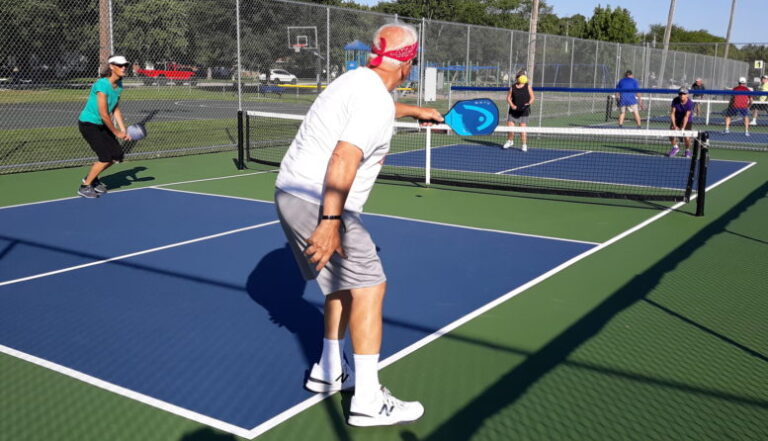


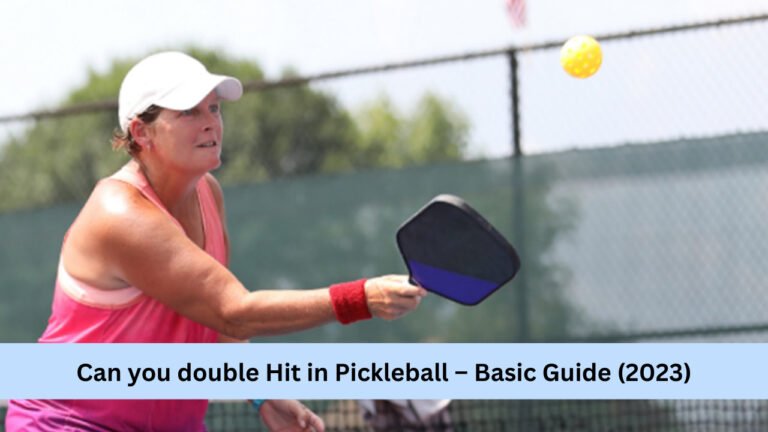
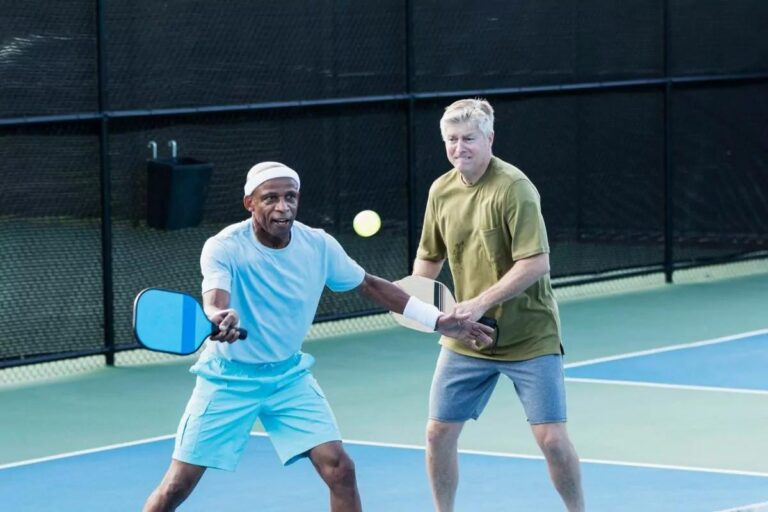
3 Comments
Comments are closed.